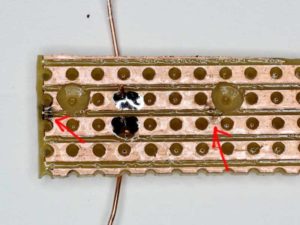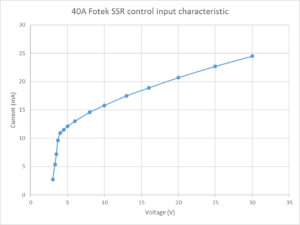The change from Telstra ADSL to NBN VDSL drops the POTS line that gave telephone access independent of premises power.
Telephony is now provided by an ATA integrated into the VDSL modem, and dependent on mains power.
NBN makes no definitive statements about battery backup to the node, or endurance of any battery backup. Nevertheless it appears from pics people have taken of the node cabinets that the bottom layer is batteries and it is likely that they have endurance of more than 10 hours.

Above, a pic of an NBN FTTN cabinet from NBN’s website, and showing batteries in the bottom layer.
NBN is not customer facing, and it seems they will provide are reluctant to provide all manner of information useful to end users, perhaps guided by lawyers who do not want to create any obligation or liability for the company… the way of modern telecommunications.
In that context, it would seem worth the risk to provide battery backup to the VDSL modem to provide broadband access to battery devices such a tablets, laptops and smartphones, and access for a POTS handset plugged into the ATA port.
The supplied modem includes a 12V DC power pack rated at 2A.

Above, measurement of the current drawn averages around 0.5A with all features running (though it may draw more current during phone ringing). Continue reading Backup for NBN VDSL access
Last update: 23rd October, 2016, 11:17 AM











